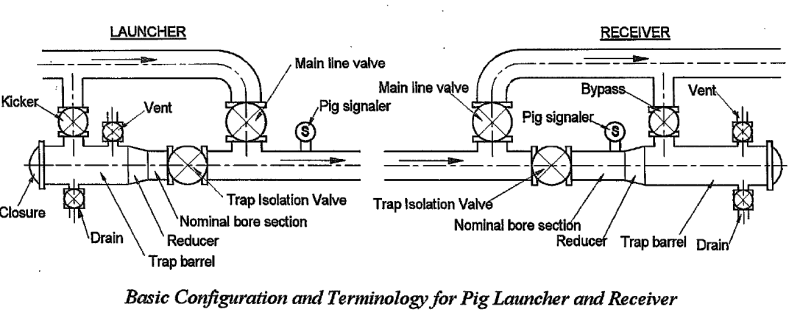No one could provide a definitive answer to your question.
Damage means literally (after pigging) is worst condition compared to before. Question: How are/were the leak rate and ball condition 'before PIG-ing'? Before and after result should be comparative and have reference.
General idea of PIG is to clean the pipeline. Subjected substance to be cleaned is it polymerization (of medium), sand/dirt or other deemed abrasive medium?
And how long is the duration this PIGing process (how long the exposure of this valve at full DeltaP)? soft/metal seated, single piston or double piston effect, Size, pressure, velocity and partial opening of the valve, among many others parameter?
It can take a split second to damage the ball/seat if there is any hard particle e.g. sand inside pipeline. Hence afterwards valve will leak.
But it might also take some quite of time to damage partially open ball valve.
Some theories behind this:
- Flow induced vibration. Aim for ρv²< 10,000 kg/ms² for liquid and multiphase or less than 50,000kg/ms² for gas. Above this vale susceptibility to failure is medium to high. Again, in conjunction with time exposure. Those values are more for weeks if not months in service, not sure whether it is comparable with 1-3 days of PIGing activities.
- Velocity (through) obturator (ball, seat, etc) shall be less than 8 or 12 m/s
It is like asking the question. is it safe to operate up to 500degC for carbon steel valve for 1 day only, I have concern over thermal expansion. Is my PTFE ball valve safe during half day offset up to 260 degC, will it still be leak tight?
All of those answers (before the actual event) are mostly subjective. If all disciplines agree that risk is ALARP, then it is ALARP.
Regards,
MR
All valves will last for years, except the ones that were poorly manufactured; are still wrongly operated and or were wrongly selected


